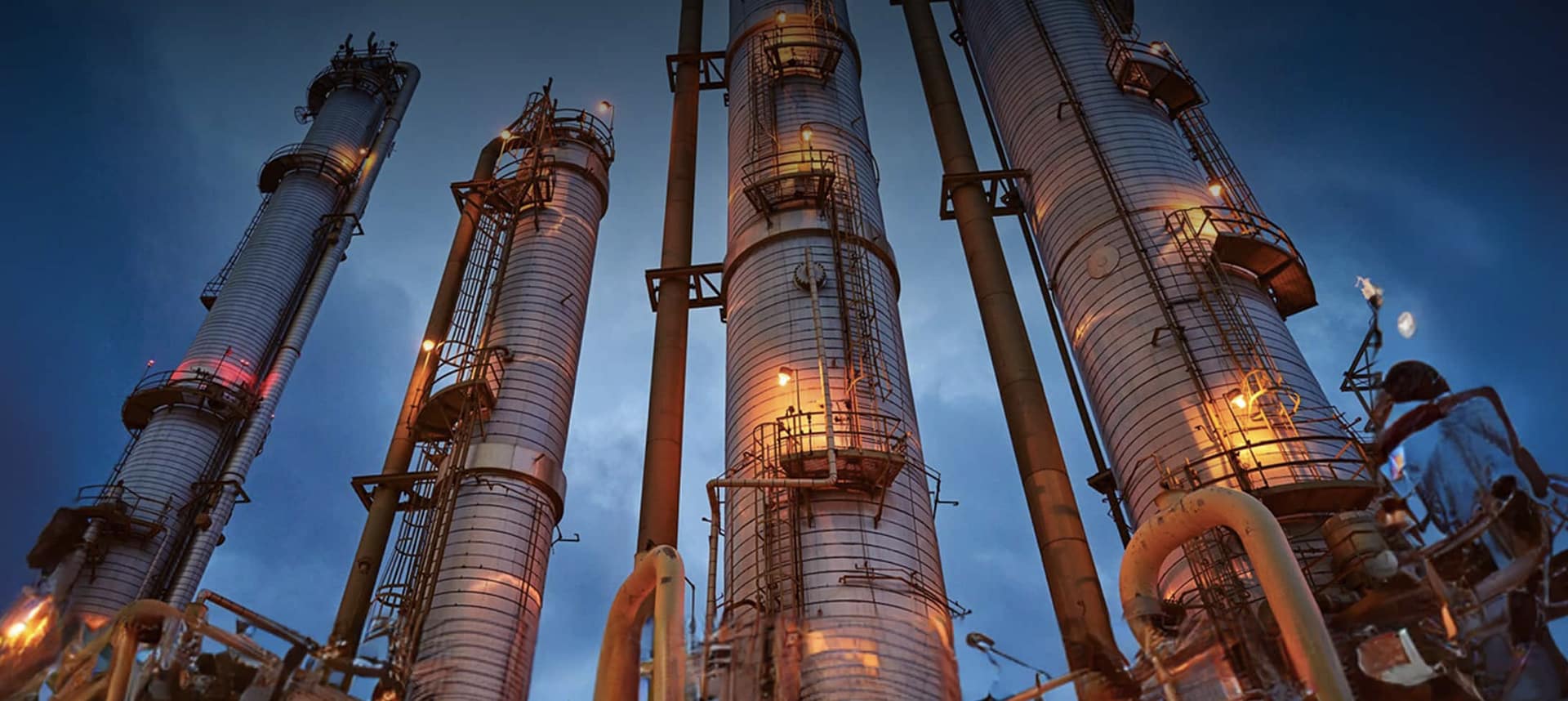Guide: How to Save Millions in Your Methanol Complex

Efficiency and safety are paramount in methanol production, but refractory failure causing hot spots on furnaces can lead to hazards, energy wastage, and shutdowns. Implementing live heater maintenance offers a cost-saving solution by addressing these issues and ensuring uninterrupted production.
Step 1: Identify Hot Spot Issues
Regular inspections of your methanol complex’s furnaces are essential to identify potential hot spot issues caused by refractory failure. Look for localized refractory failures that can lead to hot spots on the external shell of the furnaces. These hot spots can reach high temperatures and significantly impact the complex’s efficiency and safety.
Step 2: Explore Hot Refractory Repair Services
Consider utilizing a specialized hot refractory repair service, such as Hot-tek, which offers a solution for repairing refractory failures on live furnaces. This service allows for the repair of hot spots without the need for a shutdown, ensuring uninterrupted production.
Step 3: Conduct Live Heater Maintenance
Schedule the hot refractory repair service to address the identified hot spot issues on your live heater units. Ensure that the repairs are carried out back-to-back, efficiently and effectively resolving the refractory failure problems.
Step 4: Calculate Potential Savings
Estimate the potential cost savings that can be achieved by implementing live heater maintenance instead of conventional repair methods. Consider factors such as the daily production value of the methanol unit, the expected duration of conventional repairs, and the associated production losses during shutdown.
Step 5: Selecting the Right Service Provider
Remember that the success of your hot refractory repair project relies on choosing the right experts. IGS is a trusted and experienced provider of the Hot-tek HRR solution. They specialize in carrying out these repairs on live furnaces without impacting production. By partnering with IGS, you can ensure the safety, efficiency, and profitability of your methanol complex.
Step 6: Assess Financial Benefits
Compare the projected savings from live heater maintenance with the potential costs of a shutdown and offline repairs. Analyze the financial benefits of avoiding production losses, as well as the additional costs incurred during a shutdown.
Step 7: Implement Live Heater Maintenance
Based on the assessment of financial benefits and considering the safety and efficiency gains, make the decision to implement live heater maintenance as a cost-effective solution for addressing hot spot issues. Schedule the repairs accordingly, ensuring minimal disruption to production.
Conclusion:
By proactively addressing hot spot issues through live heater maintenance, your methanol complex can save millions of dollars. The case study of the world’s largest methanol complex in Saudi Arabia demonstrates the success of this approach. Follow the steps outlined in this guide to replicate these cost-saving benefits in your own methanol complex, ensuring optimal efficiency, safety, and financial success.
